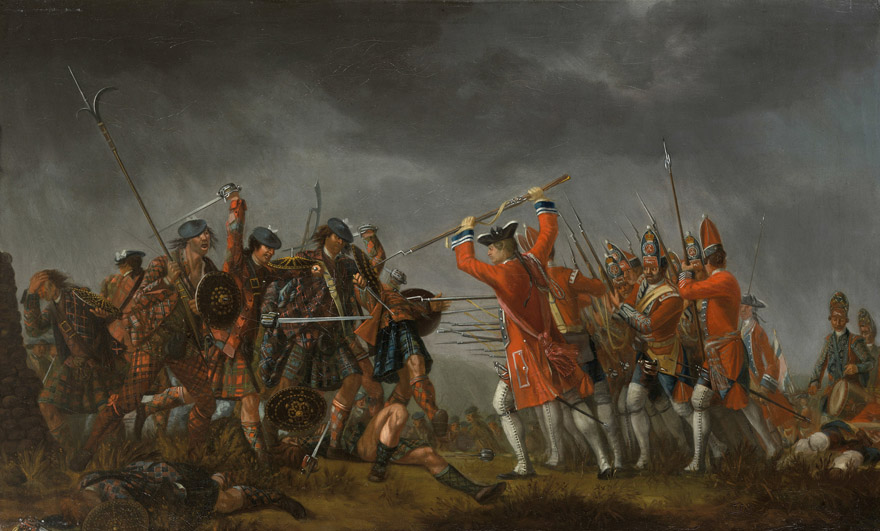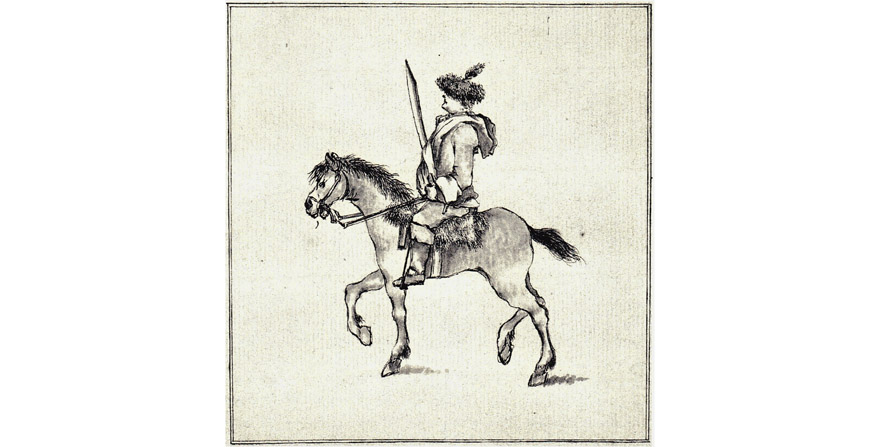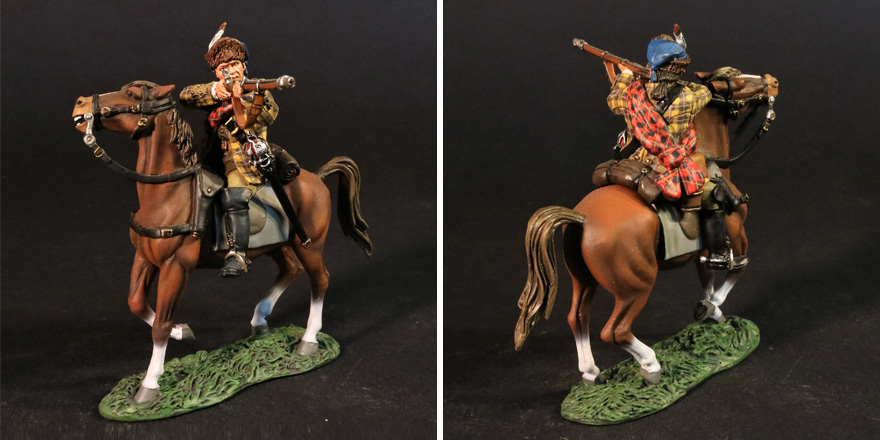Bagot’s Hussars
When it comes to the look of Bagot’s Hussar, contemporary illustrations are pretty elusive. Yet, John Jenkins managed to produce a very plausible and beautiful rendition of this small and mysterious elite troop. It’s time to look at the JJ-JRCAV-01 - Bagot's Hussar and talk about this regiment.
The 1745 Jacobite rebellion collection is one of the oldest amongst the product lines by John Jenkins Desings. The first pieces were covering well documented troops. Many of them were actually based on one specific painting by David Morier, an Anglo-Swiss artist who arrived in England in 1743. To this day, this painting is considered to be one of the best sources for the outfits used by both forces during the conflict.

An Incident in the Rebellion of 1745 by David Morier. It’s impossible to not recognize some of the early pieces from John Jenkins in that image.
However, not every regiment received such a good treatment when it came to painted sources. Some of them have very little details. Such is the case with the Bagot’s Hussar, also known as Scotch Hussars. The two top sources for their visual look are a contemporary text description by James Ray and a sketch from an unknown artist known as the Penicuik Artist. One notable feature reported in the text and visible in the illustration is the old French hussar cap those horsemen were wearing. Those might have been bought from France or crafted using French pattern. By fashion and military standard, those caps were of an outdated design. Nonetheless, the purchase of old French military gear might explain why this troop became a hussar regiment. What is interesting to know is that hussars were not common in Europe of that time and did not even exist in Britain. Even in France, their use was limited and they formed a distinct army only in 1776. So going for a hussar regiment is a bit puzzling.

A Bagot’s Hussar by the mysterious Penicuik Artist.
The Bagot’s Hussar was 50 men strong and raised by John Murray of Broughton at Edinburgh. The name Bagot comes from the French-Irish Major John Bagot who eventually commanded this unit. Bagot knew that his troops would not be efficient in an open battle and prefered to use them for scouting and skirmishing; tasks in which they excelled.
The figure that John Jenkins came with is greatly inspired by the descriptions and functions of this troop. Of course the blue outdated cap is there, but he also has a musket in his hands and a broadsword ready for close combat at his belt. In addition, two pistols are accessible on the front of his saddle, making him a deadly skirmisher. While his pants are of plain yellow/beige color, the upper part of his body is decorated with two tartan patterns. The horse, with his head up and the body slightly leaning toward the back, looks like it was just halted by the horsemen. This makes the whole aiming pose very good looking.

The JJ-JRCAV-01 from both sides.
With the JJ-JRCAV-01 - Bagot's Hussar, both sides of the Jacobite Rebellion by John Jenkins now have cavalry pieces. The addition of this new sub-collection will surely be appreciated to balance the battlefields in collector’s displays. It’s also surprising to see how good looking this piece is despite being based on fragmentary information. This shows once again the capacity of John Jenkins to fill the historical gaps with educated guesses with his artistic skill.

 Français
Français
